For centuries, Arabic calligraphy has transcended its role as a means of communication, evolving into a mesmerizing art form. Its intricate letterforms, imbued with history and elegance, are now gracing not only manuscripts but also adorning luxurious homes, creating a unique and captivating aesthetic. This blog delves into the captivating world of Arabic calligraphy-inspired décor and furniture, exploring its historical roots, the elements that contribute to its beauty, and how it elevates interior design.
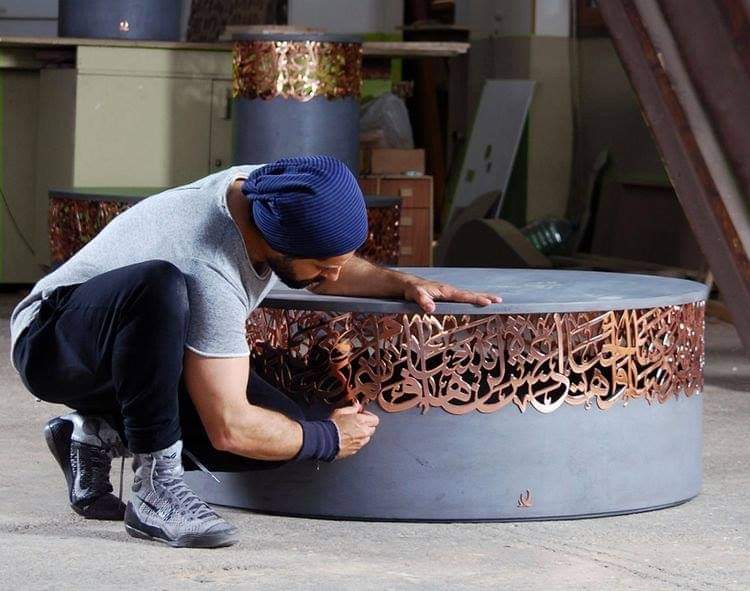
The origins of Arabic calligraphy can be traced back to the 7th century AD with the rise of Islam. The need for accurate reproduction of the Quran necessitated the development of a standardized script. Over time, calligraphers refined these scripts, infusing them with artistic flair. Each script, from the flowing and elegant Naskh to the bold and angular Kufic, possesses a distinct character.
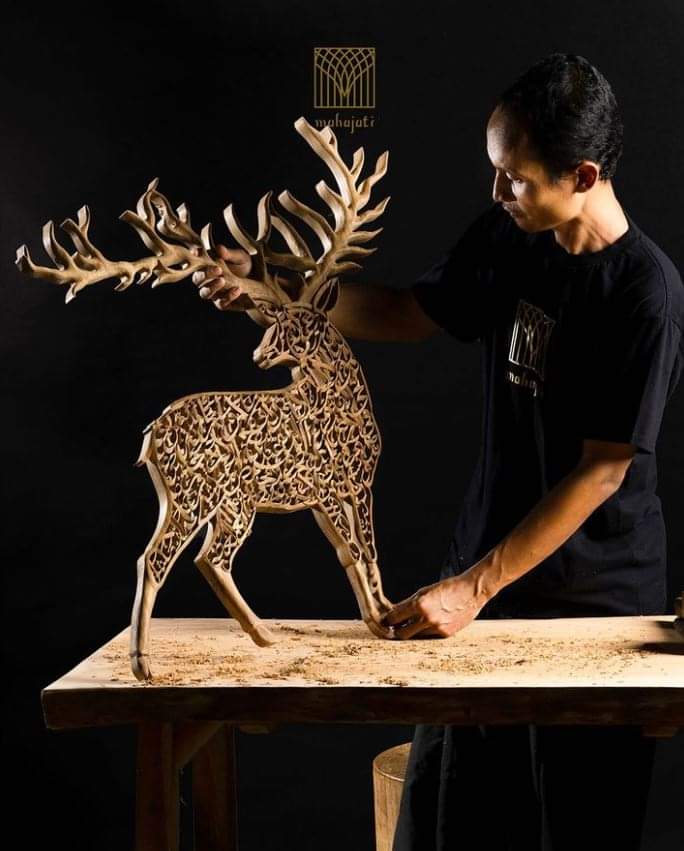
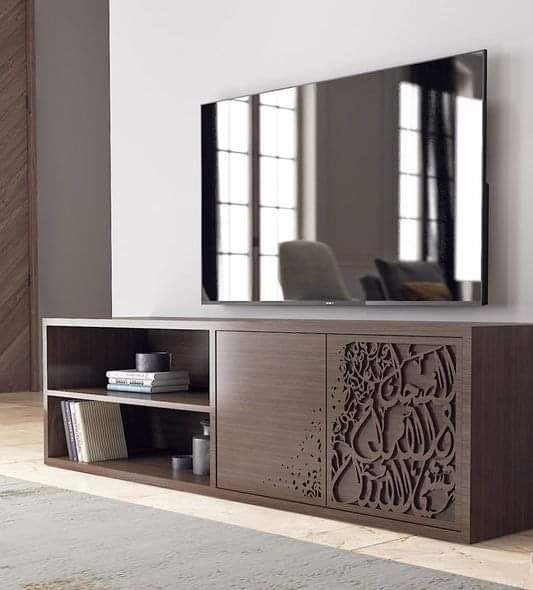
This art form wasn’t merely functional; it became a revered artistic expression. Skilled calligraphers were highly sought after, their work adorning mosques, palaces, and official documents. Calligraphy served as a visual representation of the cultural and religious significance of the written word in Islamic societies. Arabic calligraphy often utilizes abstraction. Letters may be elongated, intertwined, or subtly embellished, evoking a sense of mystery and intrigue. This abstraction allows for artistic interpretation while retaining the essence of the script.
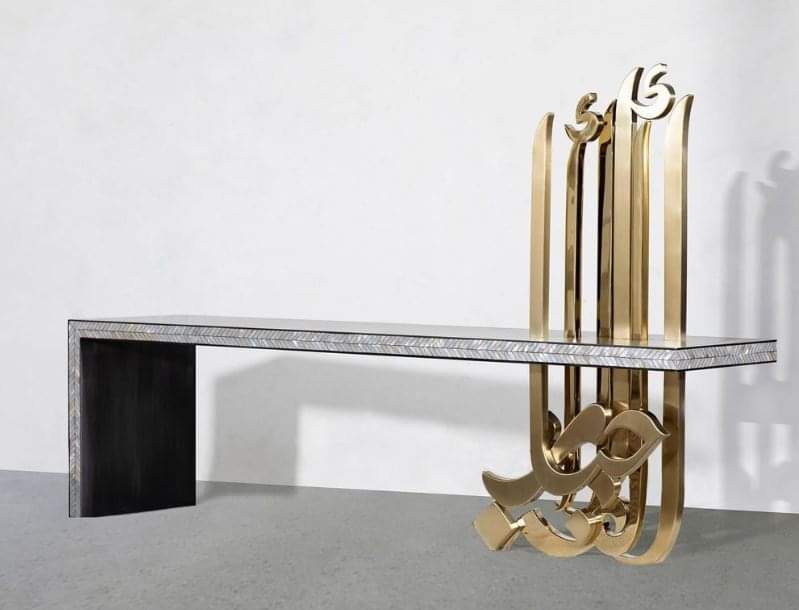
In recent years, there’s been a resurgence of interest in incorporating Arabic calligraphy into décor and furniture. This trend transcends cultural boundaries, appealing to design enthusiasts worldwide seeking a unique touch of elegance and sophistication.
Calligraphic artwork can be a stunning focal point for any room, but when it’s translated onto furniture and décor pieces, it becomes a conversation starter. A large-scale coffee table with a single, powerful word or a verse from the Quran etched onto its surface adds a touch of grandeur that goes beyond a simple painting. Headboards featuring calligraphy can transform a bedroom into a serene sanctuary, while screens or room dividers adorned with script offer a functional and beautiful way to define a space and add a touch of cultural heritage.
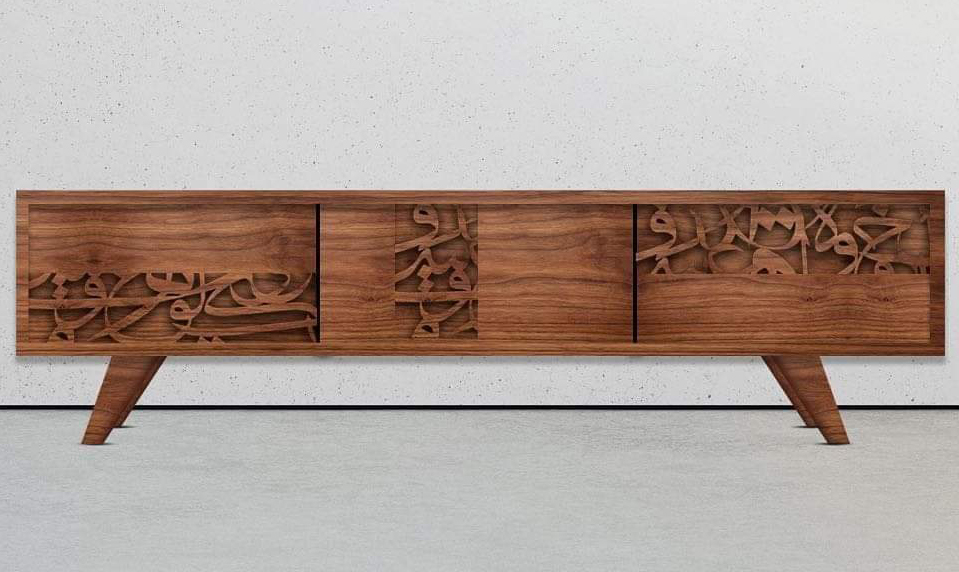
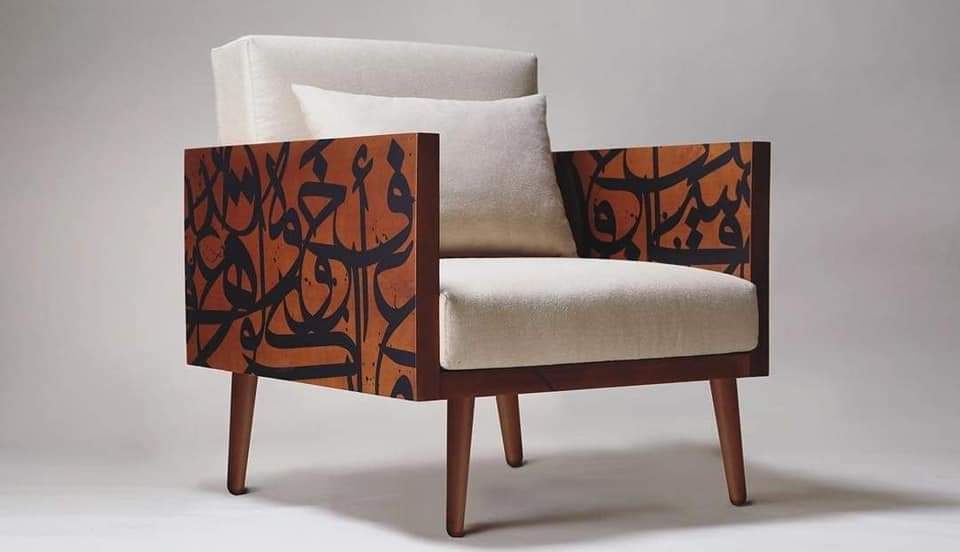
The beauty of Arabic calligraphy-inspired décor and furniture lies in its ability to be both aesthetically pleasing and deeply personal. Clients can choose specific verses or words that hold personal significance, transforming their home into a reflection of their heritage and values. For instance, a family heirloom recipe written in beautiful calligraphy can be meticulously carved onto a cutting board or displayed on a kitchen counter, adding a touch of sentimentality and cultural pride.
The best examples of Arabic calligraphy-inspired décor and furniture combine artistic expertise with meticulous craftsmanship. Skilled artisans utilize various materials like wood, metal, and even glass to create works that are not only visually stunning but also built to last. A hand-carved wooden chest adorned with intricate calligraphy becomes a treasured heirloom, while a metal lamp with light filtering through beautifully inscribed designs casts a warm and enchanting glow.
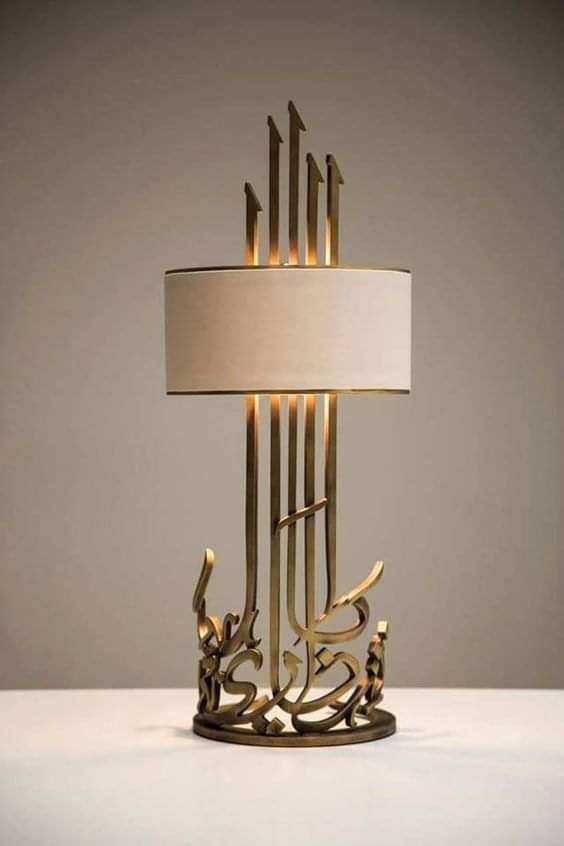
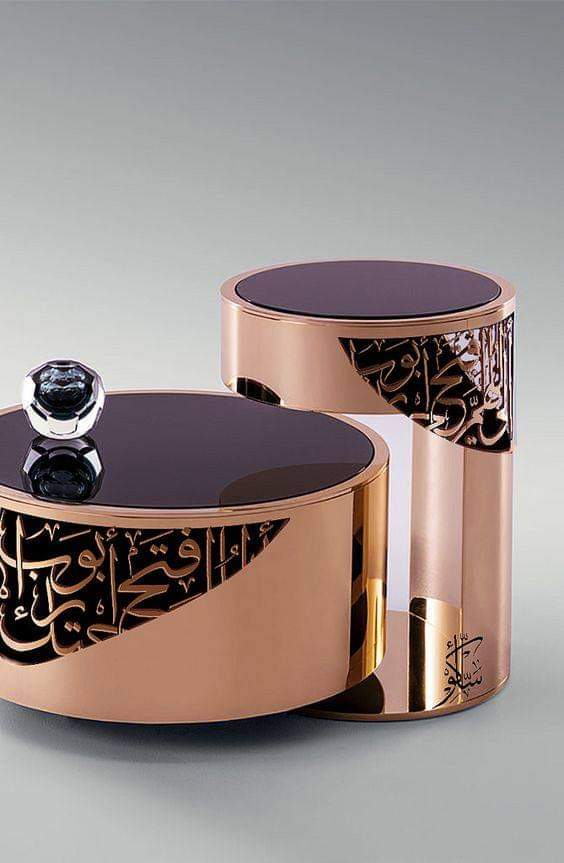
While Arabic calligraphy is rooted in Islamic tradition, its aesthetic appeal transcends cultural boundaries. Luxury hotels, high-end restaurants, and even private residences worldwide are embracing this trend. This fusion of tradition and contemporary design creates a unique and sophisticated aesthetic that resonates with a global audience. As technology advances, we may see the integration of calligraphy into lighting fixtures, smart home systems, and even digital art installations. This fusion of tradition and innovation has the potential to further elevate the appeal of this timeless art form.
WhatsApp us